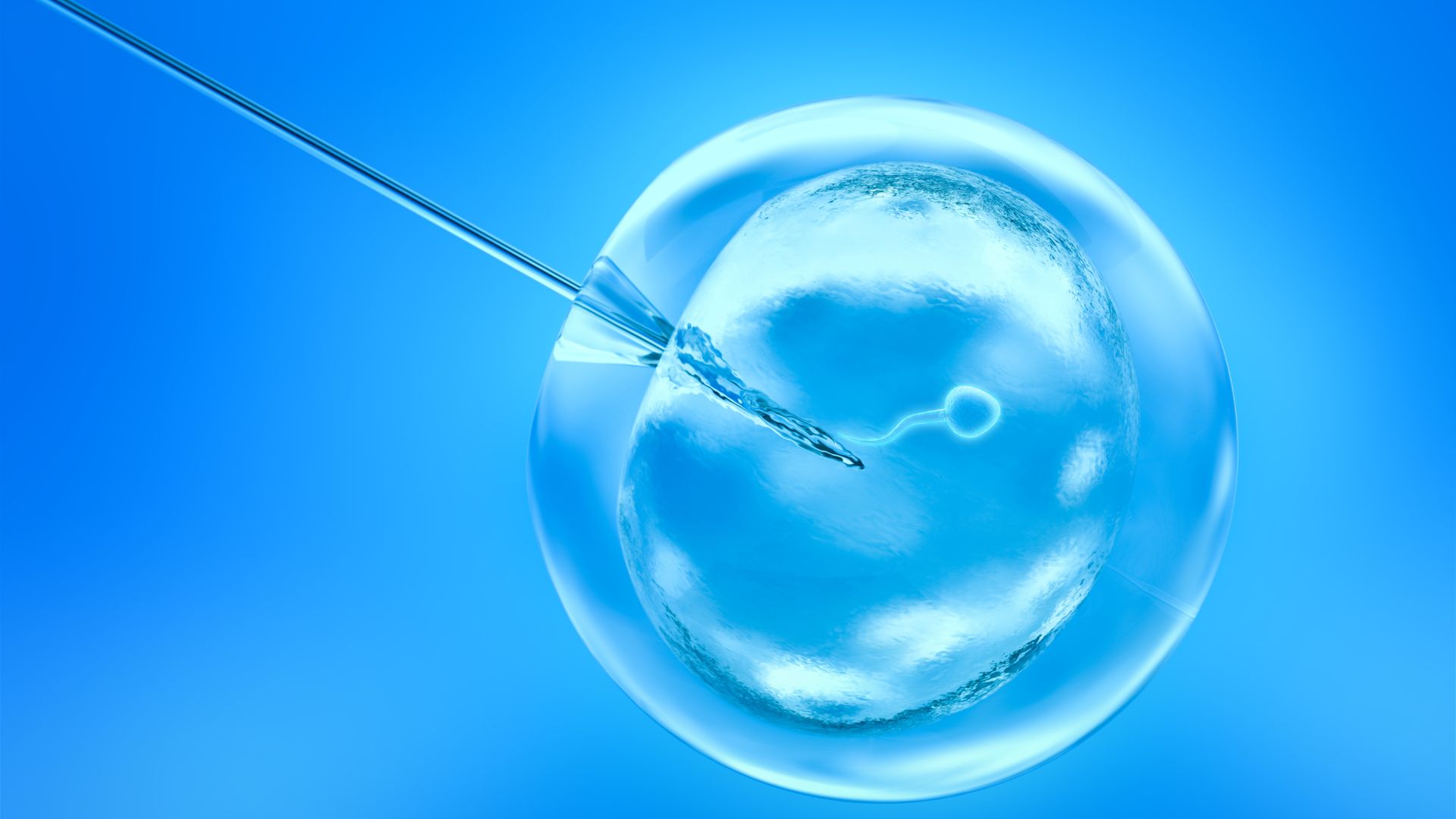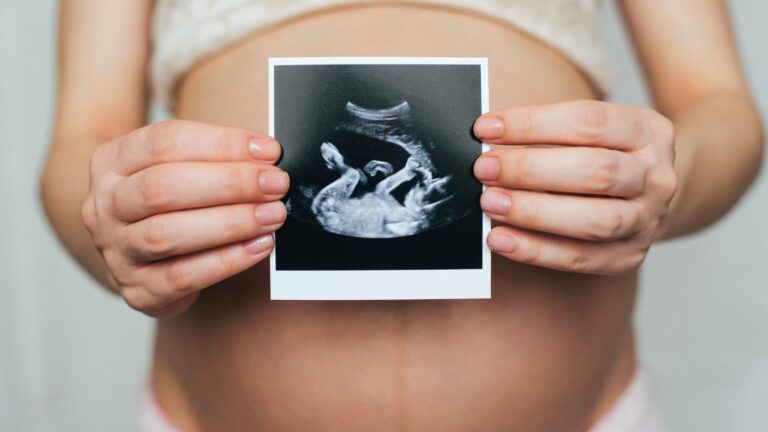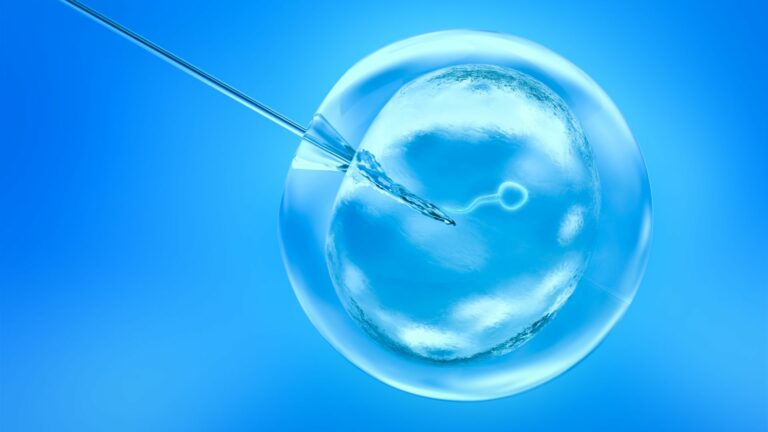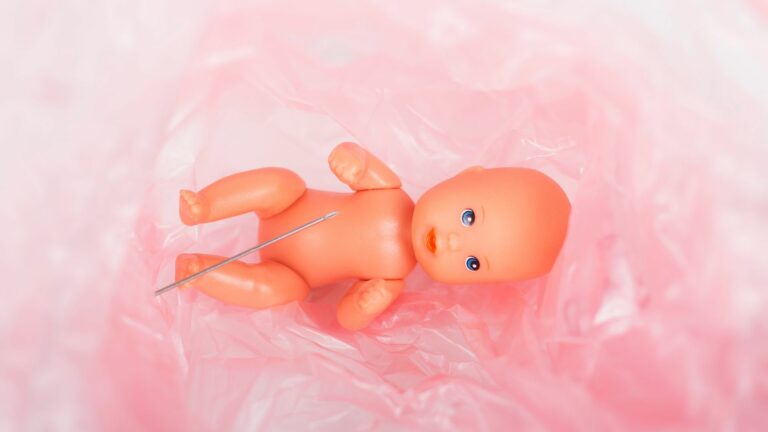
Asherman’s Syndrome (AS) is a condition characterized by the formation of scar tissue, or adhesions, within the uterus.
These adhesions can lead to partial or complete obstruction of the uterine cavity, posing significant challenges, especially for women considering reproductive options like in vitro fertilization (IVF).
This condition becomes a pivotal factor for infertility, often complicating the implantation process during the IVF cycle and increasing the risk of miscarriage.
In India, the exact prevalence of Asherman’s Syndrome is difficult to gauge due to it being underdiagnosed, but its impact is profound among women with a history of uterine surgeries.
Dealing with AS requires a nuanced approach, particularly when couples are looking towards assisted reproductive technologies (ART) such as IVF.
Let’s delve into the diagnosis, challenges, and treatments available in India for women with AS aiming for successful pregnancy outcomes through IVF.
Key Takeaways
- Prevalence and Diagnosis: AS is underrecognized in India, leading to challenges in fertility treatments.
- IVF with AS: Treatment of AS can increase the success rates of IVF, but requires specialized care.
- Support and Resources: Numerous resources and support systems are available for couples undergoing IVF in the face of challenges like AS.
Diagnosis of Asherman’s Syndrome
A. Symptoms Leading to Diagnosis in Indian Women
Women potentially suffering from AS might experience a range of symptoms that necessitate a thorough medical evaluation.
In India, where pelvic tuberculosis is more prevalent and often leads to AS, the diagnosis becomes even more critical.
Here are some symptoms that might prompt a visit to a fertility specialist:
- Irregular or Absent Periods (Amenorrhea): AS can severely disrupt normal menstrual cycles.
- Recurrent Pregnancy Loss: Frequent miscarriages could be a sign of internal uterine adhesions.
- Infertility: Trouble conceiving is often what brings AS to clinical attention.
- History of Uterine Procedures: Any past surgical interventions like Dilation and Curettage (D&C), Cesarean sections, or surgeries for removing fibroids (Myomectomy) are significant contributors to the development of AS.
B. Diagnostic Methods in India
To confirm AS, doctors in India essentially rely on two main diagnostic approaches:
- Hysteroscopy: This is the gold standard for diagnosing Asherman’s Syndrome. It involves inserting a lighted scope into the uterus to visualize the adhesions directly.
This procedure not only confirms the presence of AS but also helps in assessing the extent of the adhesion, which is crucial for planning future treatment, particularly if IVF is considered. - Saline Infusion Sonography (SIS): Before a full hysteroscopy, SIS can be a less invasive method to get an initial assessment. It uses ultrasound along with saline injected into the uterus to highlight any irregularities within the cavity.
It’s essential for any woman experiencing symptoms like the ones mentioned above, particularly following uterine procedures, to seek out a detailed evaluation.
Early diagnosis can pave the way for effective treatment options and significantly influence the outcomes of future IVF treatments.
Understanding your body and seeking timely help increases the chance to successfully conceive, despite having AS. Learn more about how early diagnosis influences successful IVF outcomes.
Impact of Asherman’s Syndrome on Implantation During IVF
Understanding how Asherman’s Syndrome disrupts the normal functioning of the uterus is crucial for those undergoing or considering IVF.
The presence of scar tissue significantly impairs the uterine lining’s ability to support an embryo, leading to complications in implantation and pregnancy maintenance.
How Scar Tissue Disrupts Endometrial Receptivity
A healthy endometrium (the lining of the uterus) plays a pivotal role in the successful attachment and growth of an embryo.
Here’s how AS interferes with this process:
- Reduced Blood Flow: The scar tissue from AS can hinder adequate blood flow to the endometrium, depriving it of the necessary nutrients and oxygen needed for nurturing an embryo.
- Altered Lining Structure: Scar tissue can make the uterine cavity uneven or distorted, making it difficult for the embryo to find a suitable implantation site.
Consequences for Embryo Attachment and Development
The implications of these disruptions are significant:
- Increased Risk of Ectopic Pregnancy: The abnormal shape of the uterine cavity can cause embryos to implant in less ideal locations, including outside the uterine cavity.
- Higher Rates of Miscarriage: A compromised uterine environment leads to higher miscarriage rates, primarily due to unsuccessful embryo implantation.
Tools to Enhance Understanding and Outcomes
For women with AS considering IVF, specific pre-implantation genetic screening methods and intracytoplasmic sperm injection techniques may be considered to enhance the chances of success by selecting the best possible embryos and improving the overall quality of the procedure.
Treatment Options to Improve Implantation in IVF with AS
Effective treatment of Asherman’s Syndrome can dramatically improve the success rates of IVF by restoring normal uterine function as much as possible.
Hysteroscopic Adhesiolysis: Restoring the Uterine Cavity
The primary treatment for AS is hysteroscopic adhesiolysis, a surgical procedure to remove intrauterine adhesions.
This process is crucial for women considering IVF as it directly impacts the implantation potential:
- Procedure Overview: Performed under general anesthesia, a hysteroscope with attached instruments is used to carefully remove the scar tissue.
- Expected Outcomes: Post-surgery, many women experience improved menstrual function and an increase in endometrial thickness, both of which are beneficial for IVF success.
Hormonal Therapy: Supporting Endometrial Growth
Post-surgery, hormonal therapy plays a critical role:
- Estrogen Supplementation: Prescribed to promote the growth of the endometrium, preparing a healthier uterine lining for potential embryo implantation.
Preparing for IVF with Asherman’s Syndrome
Preparing for IVF involves understanding potential outcomes and setting realistic expectations, essential for emotional and mental readiness.
- IVF success rates: Familiarize yourself with success rates specifically related to cases of AS to set realistic expectations.
- IVF support groups in India: Connecting with others who have gone through similar experiences can provide emotional support and valuable insights.
- Coping with IVF failure: Equip yourself with strategies to handle unsuccessful attempts, ensuring you are prepared for all possible outcomes.
IVF Outcomes with Asherman’s Syndrome
Optimistic yet realistic expectations are vital when approaching IVF with Asherman’s Syndrome.
Understanding the various factors that influence IVF success rates can significantly aid in preparation and decision-making.
Factors Influencing IVF Success Rates in AS Patients
- Severity of Scarring: The extent of intrauterine adhesions can greatly impact the potential for a successful implantation. Less extensive adhesions typically lead to better outcomes.
- Age of the Patient: Age is a crucial factor in fertility treatments. Younger women generally have higher success rates due to better egg quality.
- Overall Reproductive Health: Factors like sperm quality, egg quality, and other reproductive health issues can affect IVF outcomes. Addressing these alongside AS treatment is crucial for optimization.
Success Rate Enhancement
For women with AS, maximizing the chances of a successful IVF involves several interventions:
- Optimal Embryo Transfer Strategy: Tailoring the embryo transfer approach, possibly integrating techniques like preimplantation genetic screening to enhance selection criteria.
- Medicinal Support: Using medications to optimize the uterine environment post-adhesiolysis and throughout the IVF cycle to support embryo implantation.
Additional Considerations and Future Advancements
Navigating IVF with Asherman’s Syndrome also involves an understanding of ongoing advancements and practical considerations such as financial planning.
Cost Factors
- Treatment Costs: From hysteroscopic surgery to hormonal treatments and IVF cycles, the costs can vary widely. Understanding the costs of IVF in India is crucial for budgeting and financial planning.
- Insurance and Financing: Some health insurance plans in India might cover parts of the treatment, and many hospitals offer financing options to mitigate the financial burden.
Future Advancements in Treatment
- Technology in Surgery: Advances in surgical tools and techniques continually enhance the precision and effectiveness of adhesiolysis, potentially reducing recovery times and increasing success rates.
- Preventive Measures: Research into preventing the formation of new adhesions post-surgery is ongoing, which could significantly improve long-term outcomes for AS patients.
Conclusion
Understanding Asherman’s Syndrome in the context of IVF is crucial for anyone navigating this complex pathway to parenthood.
With advances in medical science, the treatment and management of AS have become more effective, offering hope and improved odds to many couples.
Awareness, early diagnosis, and a tailored treatment approach are key components in managing AS during IVF.
Prospective patients should actively engage with their healthcare providers, seek support from IVF support groups in India, and stay informed about new treatments and technologies.
Remember, each journey to parenthood is unique, and while challenges like AS might complicate the path, with the right care and preparation, many women have successfully overcome these obstacles.
Embarking on this journey with a comprehensive understanding and support system paves the way for the best possible outcomes.






